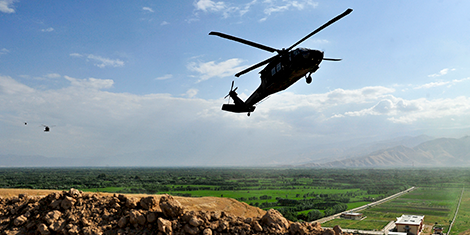
This article was originally published by Political Violence @ a Glance on 15 March 2019.
Can military forces mitigate insurgent activity—“win hearts and minds”—by implementing small, localized aid projects? Evidence from the recent wars in Afghanistan and Iraq has provided contradictory answers to the question of aid’s ability to mitigate violence. Some research finds that aid projects increase the legitimacy of the state among civilians and, under specific circumstances, dampen violence. Other studies, however, show that aid projects provoke insurgent activity, even when delivered by non-military organizations.



